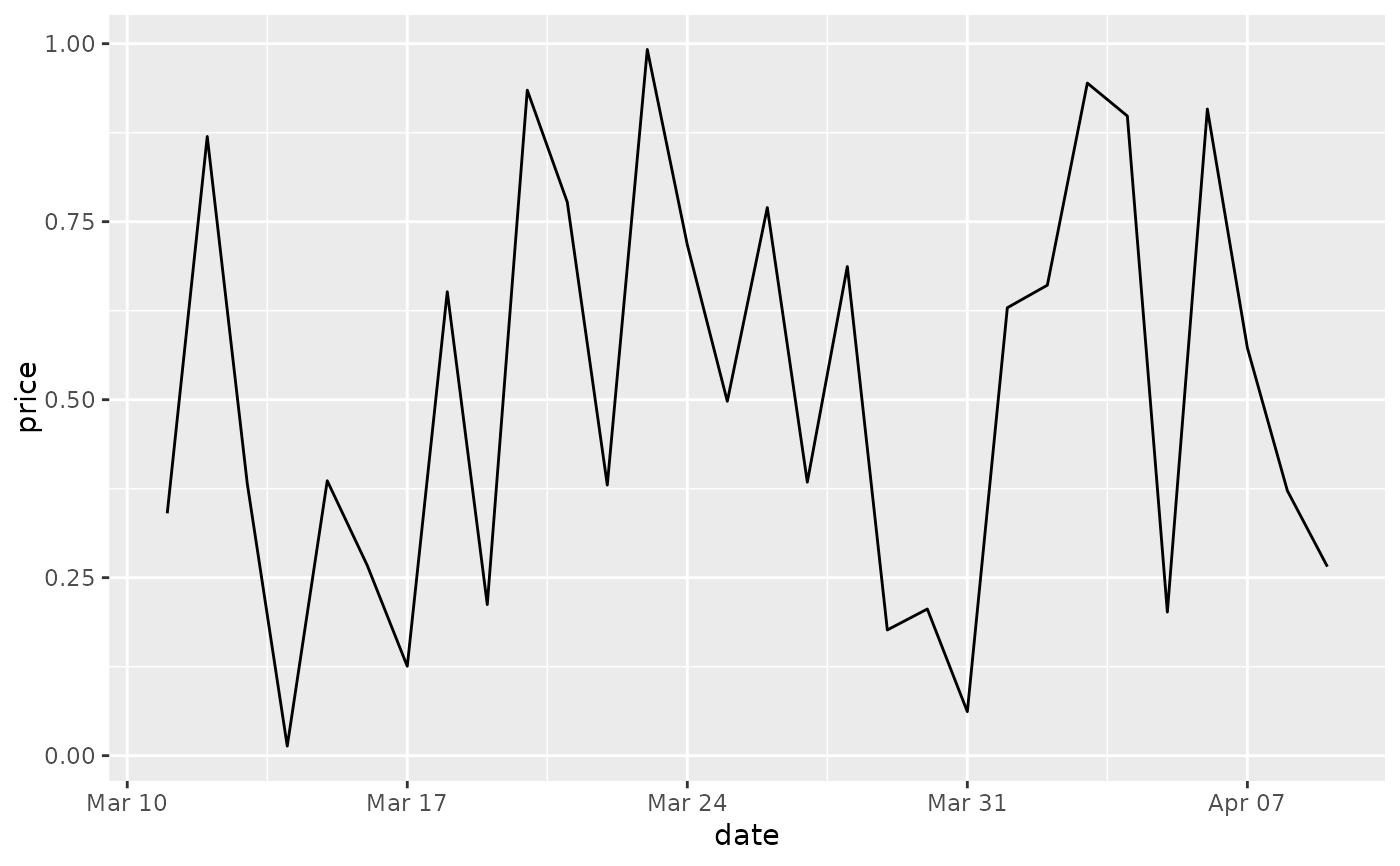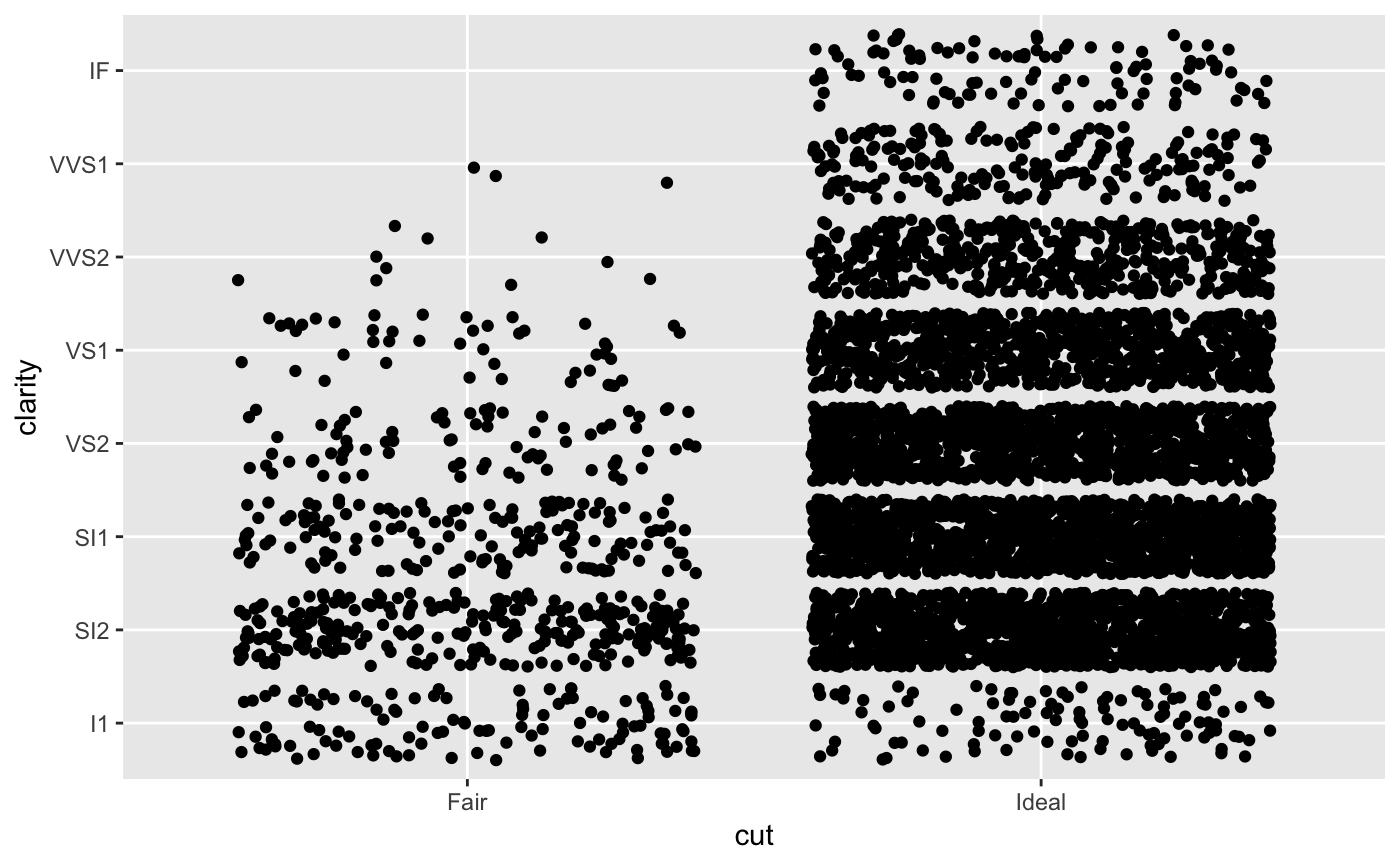

Rename x scale x descrete how to#
Position scales for discrete data scale_x_discrete ggplot2, How to Customize GGPLot Axis Ticks for Great Visualization … Ggplot2 axis ticks : A guide to customize tick marks and … All secondary axes must be based on a one-to-one transformation of the primary axes.

It is possible to use these functions to change the following x or y axis parameters : axis titles axis limits (data range to display), Source: R/axis-secondary.R This function is used in conjunction with a position scale to create a secondary axis, positioned opposite of the primary axis.

The functions scale_ x _discrete() and scale_y_discrete() are used to customize discrete x and y axis, respectively. axis would be nice for discrete scales as well, such as when you have various ways to refer to factor levels (short and long) and the like. axis argument of their scale_continuous() brethren. So editing the type variable to a numeric variable and then changing the label would work:, scale_y_discrete() and scale_ x _discrete() currently appear not to support the sec. The scale_x_discrete function does not have a second axes argument, but scale_x_continuous does. For simple manipulation of scale labels and limits, you may wish to. Grid.Scale_x_discrete() and scale_y_discrete() are used to set the values for discrete x and y scale aesthetics. P4 <- ggplot(OrchardSprays, aes(x = treatment, y = decrease)) + P3 <- ggplot(OrchardSprays, aes(x = treatment, y = decrease)) + Additionally, we utilize scale_x_discrete to modify the name along the x-axis using the name parameter.
Rename x scale x descrete code#
E.g., the following example code draws p4 to show only the subset of items and rename these labels with supplied values. Notice that each previous method can be combined to output desired graph structure. Use scale_x_discrete to Modify x Axis Name in R Labels = c("Control", "Treatment 1", "Treatment 2") P2 <- ggplot(PlantGrowth, aes(x = group, y = weight)) + P1 <- ggplot(PlantGrowth, aes(x = group, y = weight)) +

New label values can be supplied with the vector assigned to the labels parameter in the scale_x_discrete function. The scale_x_discrete function can also be used to rename item labels along the x-axis. Use scale_x_discrete to Rename Item Labels on x Axis in R Scale_x_discrete(limits = c("trt2", "trt1")) P4 <- ggplot(PlantGrowth, aes(x = group, y = weight)) + P3 <- ggplot(PlantGrowth, aes(x = group, y = weight)) + Thus, we can output the boxplot with only trt2 and trt1 groups, as shown in the following code snippet. In this case, we utilize the PlantGrowth data-set where three categories of groups are listed. Use scale_x_discrete to Display Subset of Items on x Axis in RĪnother useful feature of the scale_x_discrete function is to eliminate some items from the x-axis and draw only a handful of them. Scale_x_discrete(limits = rev(levels(Loblolly$Seed))) P2 <- ggplot(Loblolly, aes(x = Seed, y = height)) + P1 <- ggplot(Loblolly, aes(x = Seed, y = height)) + Notice that the data-set name comes first, followed by the $ symbol, and then we specify the x-axis data that needs to be reversed. It’s often the case that the order of items on the axis needs to be reversed, and the easiest method to accomplish this is to set the limits parameter of the scale_x_discrete parameter with the value of rev(levels(dataset_name$X_axis_items)). In this article, we construct multiple boxplot graphs using ggplot and geom_boxplot functions to demonstrate the effect of different parameters in scale_x_discrete. Scale_x_discrete is used to set values for discrete x-axis scale aesthetics. Use scale_x_discrete to Reverse Order of Items on x Axis in R Plot This article will introduce the scale_x_discrete function in R. Use scale_x_discrete to Modify x Axis Name in R.Use scale_x_discrete to Rename Item Labels on x Axis in R.Use scale_x_discrete to Display Subset of Items on x Axis in R.Use scale_x_discrete to Reverse Order of Items on x Axis in R Plot.


 0 kommentar(er)
0 kommentar(er)
